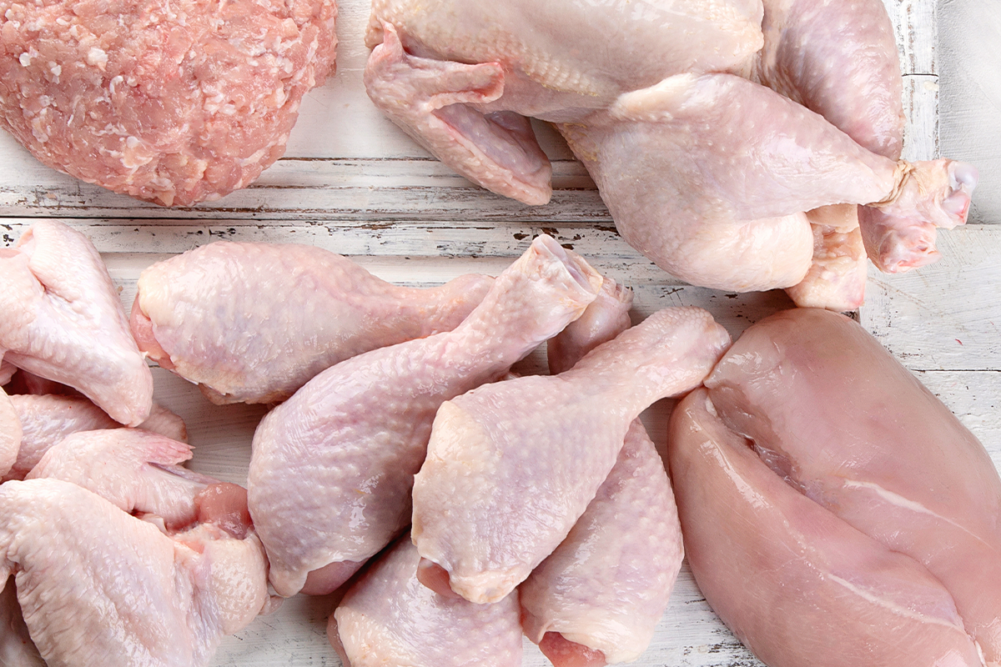UTRECHT, NETHERLANDS — While the poultry industry has undergone several months of slow growth, according to a recent Rabobank report, improved demand and lower costs are expected to come in the fourth quarter of 2023 and in early 2024 — however gradual it may be.
Global poultry market growth in 2023 will likely only improve by 1.2% — well below the 2.5% historical average per year — but Rabobank said the market will still be well positioned for the new year.
“After a period of slow poultry consumption growth due to a weak global economy and rising prices resulting from cost increases, global demand has room for some recovery. This is driven mainly by lower feed costs and, therefore, lower chicken prices,” said Nan-Dirk Mulder, senior analyst of animal protein at Rabobank. “Poultry should be able to benefit from its relatively competitive pricing in many markets compared to other proteins like beef, pork and alternative proteins.”
Rabobank expects global trade to remain strong in the second half of the year after it reached a record-high of 7.2 million tonnes in the first half. The momentous amount was driven by increased trade of raw poultry meat, while processed poultry products saw a sharp decline in trade, down 18% compared to last year.
Brazil benefited the most from the bullish conditions, as it is the cost-price leader in raw chicken meat. The country’s exports grew by 16% in the first half of 2023 compared to last year. Meanwhile, China and Thailand will need to shift their focus to raw chicken trade if they want to maintain their value position, Rabobank noted.
The balance of the market is key to profitability, according to the report. Markets like the United States, South Africa, Indonesia and Brazil have been struggling with oversupply. Others like Europe, Russia, Thailand, Mexico, Japan and Malaysia have remained relatively balanced. China, on the other hand, has experienced periods of both positive and negative margins.
Leading exporting countries to China are currently Brazil (50%), the United States (19%), Russia (10%) and Thailand (9%). The United States’ exports to China dropped 31% year-over-year. Overall, the United States’ year-to-date shipments are down 2% from this time last year.
Adding to the volatility of global poultry performance are government interventions driven by food security, geopolitics and sustainability. Recently, South America imposed safeguards against imports of bone-in cuts from Brazil and a few European countries.
Avian influenza (AI) continues to play an essential role in market conditions as well. Next to South America, Japan has sustained the heaviest impact from the disease, culling nearly 10% of its layers. The most recent outbreaks in Europe and North America have mainly been in wild birds.
“As AI is now present in most regions, new outbreaks will occur frequently, which often means temporary restrictions on global trade and shifts in trade flows,” Mulder said.
Mulder advised producers to focus on the operational side. Corn prices have dropped significantly since August due to a larger-than-expected harvest, and wheat prices have gone down as well.
“Although we believe feed prices will drop slightly, operational costs are still at historic highs, and risks of further volatility exist in grain prices, due to El Niño, and in energy prices and availability,” he said. “Ongoing leadership in terms of costs and procurement will remain key.”



